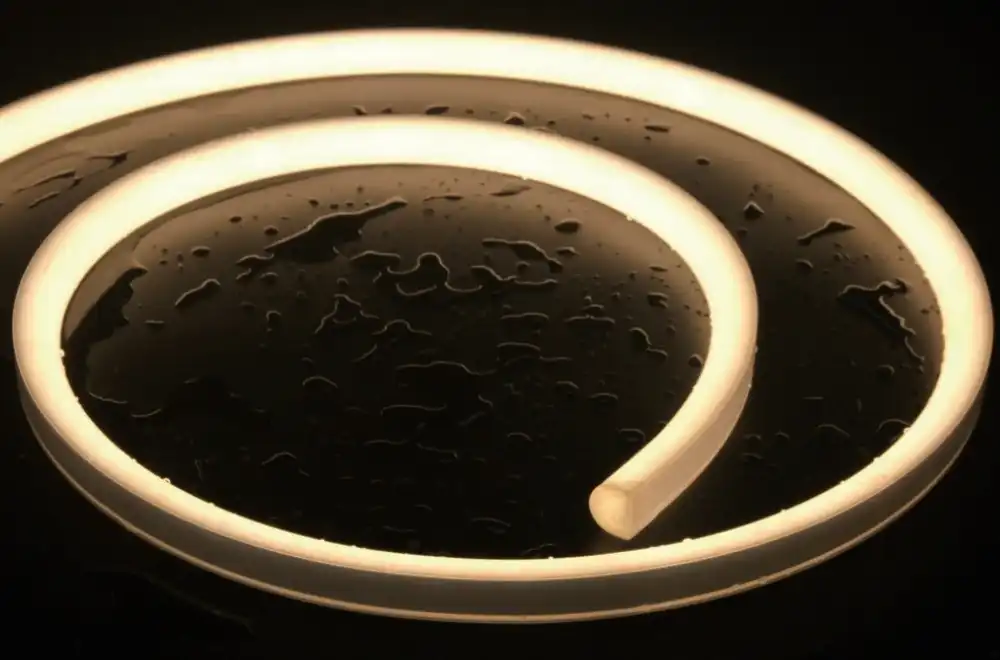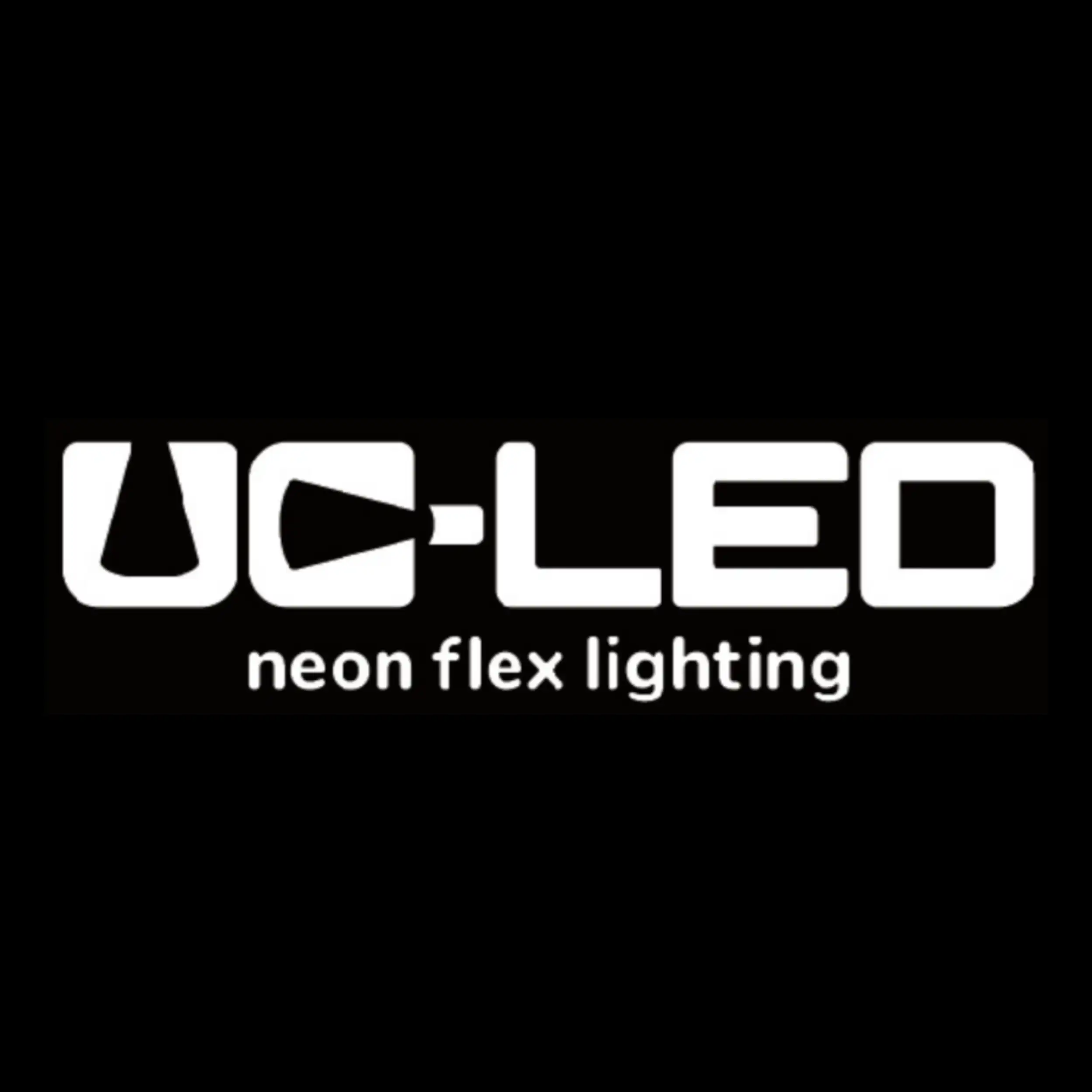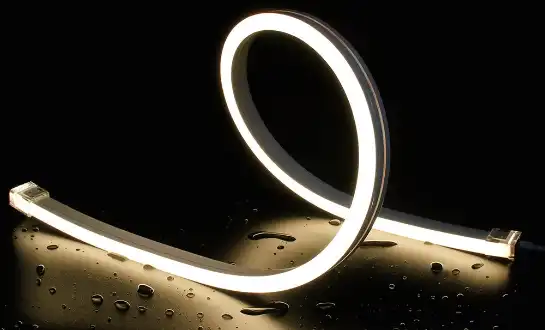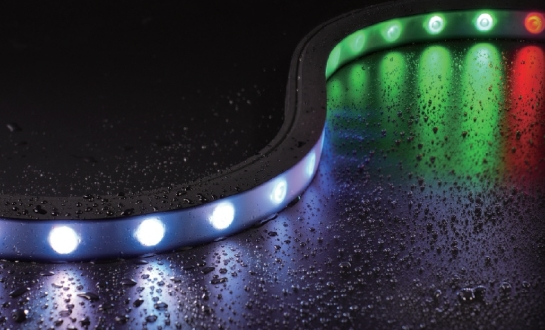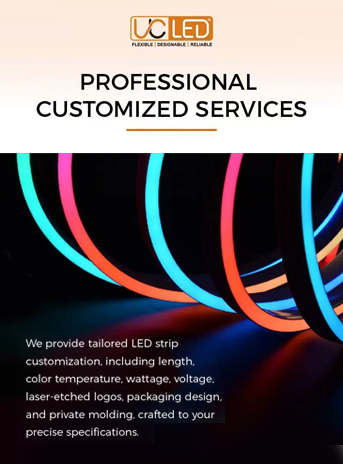Understanding UL Certification for LED Lighting
UL (Underwriters Laboratories) certification is a crucial safety benchmark for LED lighting products, especially in North America. UL Certified LED products undergo comprehensive, rigorous testing to verify compliance with strict safety requirements and performance standards. This certification evaluates factors such as electrical integrity, fire hazard prevention, thermal management, and overall build quality, ensuring reliable, safe, and durable lighting solutions for both residential and commercial applications.
The UL Certification Process
The UL certification process for LED lighting products involves several steps:
1. Product submission and documentation review
2. Initial product testing and evaluation
3. Manufacturing facility inspection
4. Follow-up services and periodic testing Manufacturers must demonstrate consistent compliance with UL standards to maintain their certification.
Benefits of UL Certified LED Products
UL Certified LED lighting offers numerous advantages:
- Enhanced safety for consumers and businesses
- Reduced risk of electrical hazards and fire incidents
- Improved product reliability and performance
- Easier market access in regions requiring UL certification
- Increased consumer confidence and trust in the product
CE Marking: Ensuring European Compliance
CE (Conformité Européenne) marking is an essential requirement for LED lighting products sold within the European Economic Area (EEA). Displaying the CE mark signifies that the product complies with all applicable EU directives and regulations, covering areas such as electrical safety, electromagnetic compatibility, health protection, and environmental sustainability. It assures customers and regulators that the product has been assessed to meet strict European standards, enabling free movement and sale within the EEA market.
Key Directives for LED Lighting
LED lighting products must comply with several EU directives to obtain CE marking:
- Low Voltage Directive (LVD)
- Electromagnetic Compatibility (EMC) Directive
- Restriction of Hazardous Substances (RoHS) Directive
- Ecodesign Directive
Manufacturers must thoroughly test and verify that their products meet all applicable requirements of these directives before legally affixing the CE mark.
Self-Declaration and Documentation
Unlike UL Certified LED certification, which requires third-party testing and verification, CE marking is primarily based on self-declaration by the manufacturer, who must ensure and document that the product complies with all relevant EU regulations and standards. However, this process still requires thorough documentation, including:
- Technical file detailing product specifications
- Risk assessment and mitigation strategies
- Declaration of Conformity
- User manuals and safety instructions
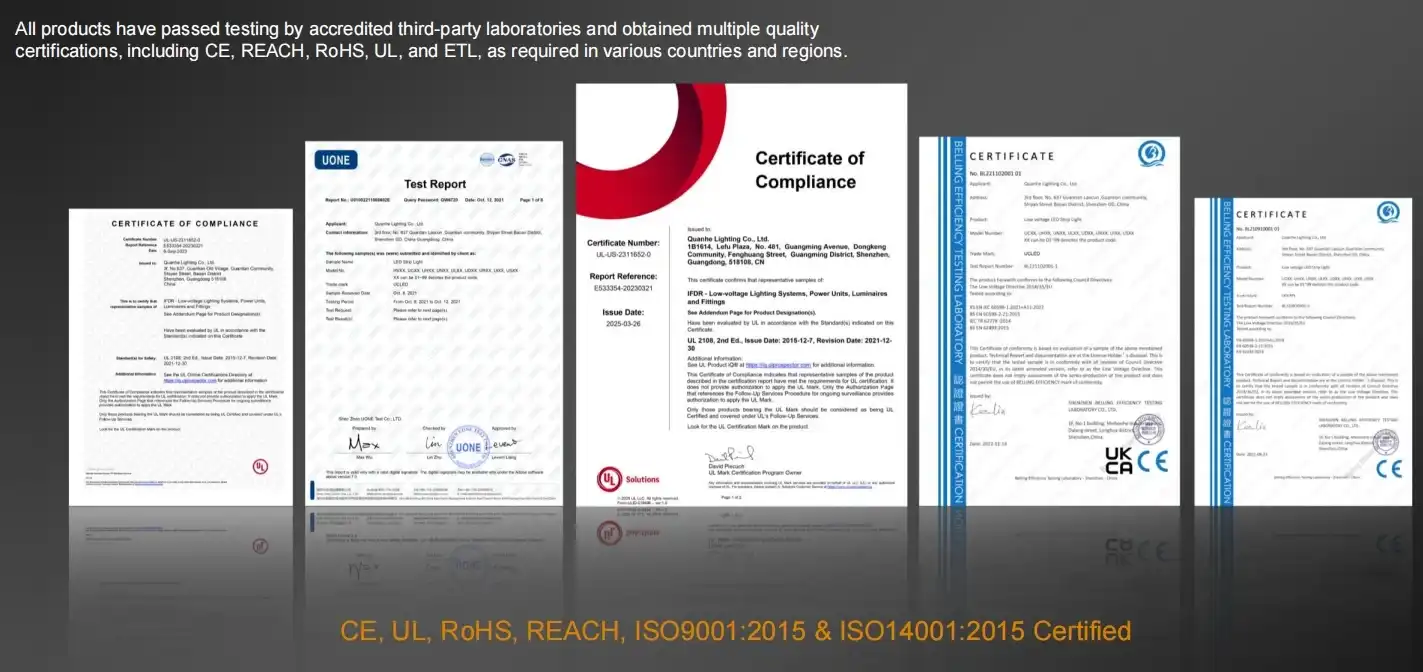
RoHS Compliance: Environmental Responsibility in LED Manufacturing
The Restriction of Hazardous Substances (RoHS) directive is designed to minimize the environmental and health impact of electronic products, including LED lighting systems. RoHS compliance confirms that these products do not contain hazardous materials—such as lead, mercury, cadmium, hexavalent chromium, and certain flame retardants—above strict allowable limits. By adhering to RoHS standards, UL Certified LED manufacturers help promote safer recycling, reduce toxic waste, and ensure a more sustainable approach to electronic product design and production.
Restricted Substances Under RoHS
RoHS restricts the use of ten hazardous substances in electrical and electronic equipment:
1. Lead
2. Mercury
3. Cadmium
4. Hexavalent chromium
5. Polybrominated biphenyls (PBB)
6. Polybrominated diphenyl ethers (PBDE)
7. Bis(2-ethylhexyl) phthalate (DEHP)
8. Butyl benzyl phthalate (BBP)
9. Dibutyl phthalate (DBP)
10. Diisobutyl phthalate (DIBP)
Impact on LED Manufacturing
RoHS compliance has led to significant changes in LED manufacturing processes:
- Development of lead-free soldering techniques
- Adoption of alternative materials for LED components
- Implementation of stricter supply chain controls
- Increased focus on recyclability and eco-friendly design
Conclusion
UL, CE, and RoHS certifications play a crucial role in ensuring the safety, quality, and environmental responsibility of LED lighting products. Manufacturers who prioritize compliance with these standards demonstrate their commitment to producing reliable and sustainable lighting solutions. As a consumer or business, choosing UL Certified LED products and those with CE marking and RoHS compliance provides peace of mind and contributes to a safer, more environmentally friendly lighting industry.
source: LED Light
FAQ
Why is UL certification important for LED lighting?
UL certification ensures that LED lighting products meet stringent safety and performance standards, reducing the risk of electrical hazards and fire incidents.
Is CE marking mandatory for all LED products sold in Europe?
Yes, CE marking is required for LED lighting products sold in the European Economic Area, indicating compliance with relevant EU directives.
How does RoHS compliance benefit the environment?
RoHS compliance restricts the use of hazardous substances in LED manufacturing, leading to more eco-friendly products and reduced environmental impact.
UL, CE & RoHS Certified LED Strip Lights | QUAN HE
At QUAN HE Lighting Co., Ltd., we take pride in offering a comprehensive range of UL, CE, and RoHS certified LED strip lights. Our state-of-the-art 5,000m²+ factory is equipped with advanced SMT assembly lines and stringent quality control processes, ensuring that every LED strip we produce meets the highest international standards. From flexible LED strip lights to LED neon flex strips, our products are designed to deliver superior performance and longevity. As a leading manufacturer in the industry, we offer customized solutions to meet your specific lighting needs. Experience the QUAN HE difference—where innovation meets compliance. For inquiries about our certified LED lighting solutions, please contact us at Linda@uc-led.com.
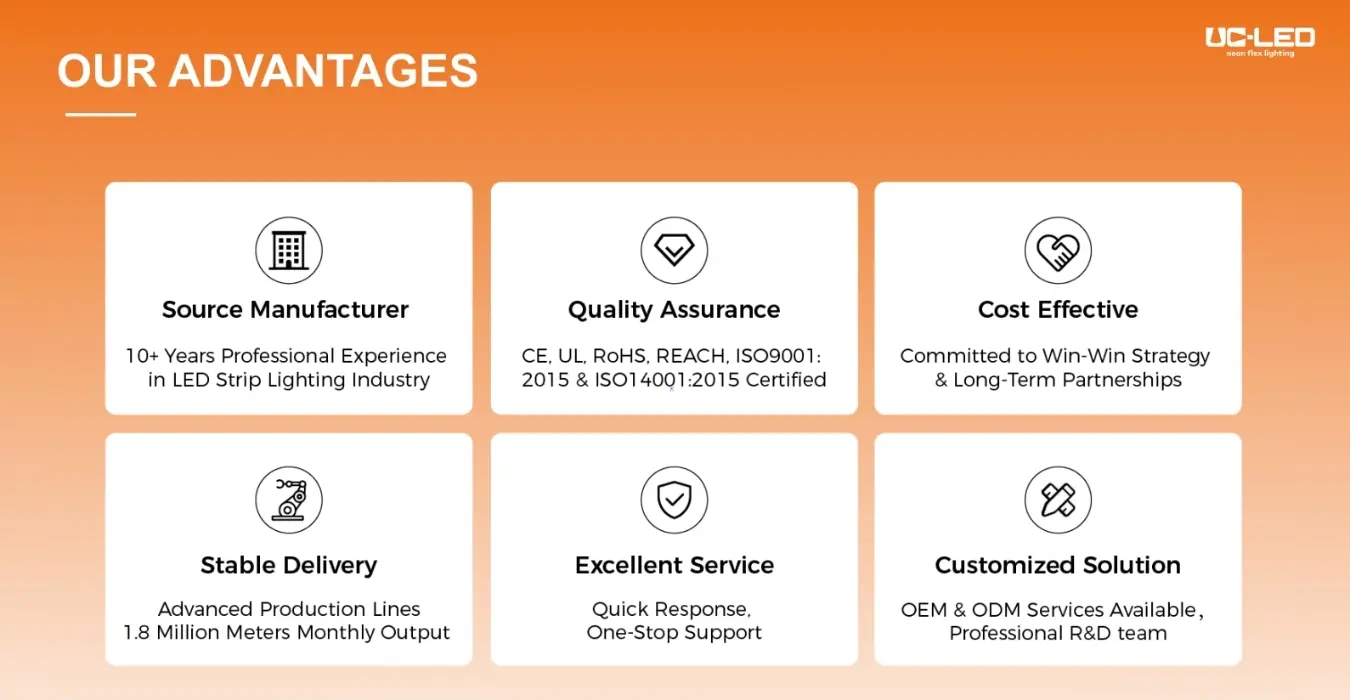
References
1. Johnson, M. (2022). "The Impact of UL Certification on LED Lighting Safety." Journal of Electrical Safety, 15(3), 78-92.
2. European Commission. (2021). "CE Marking for LED Lighting Products: A Comprehensive Guide." Official Journal of the European Union, 2021/C 100/01.
3. Smith, A., & Brown, B. (2023). "RoHS Compliance in the LED Industry: Challenges and Opportunities." Environmental Science & Technology, 57(8), 3421-3435.
4. Lee, S., et al. (2022). "Comparative Analysis of UL, CE, and RoHS Standards for LED Lighting." International Journal of Standardization Research, 20(2), 145-160.
5. Wilson, R. (2023). "The Economic Impact of Compliance: UL, CE, and RoHS in the Global LED Market." Journal of Sustainable Manufacturing, 8(4), 502-517.
